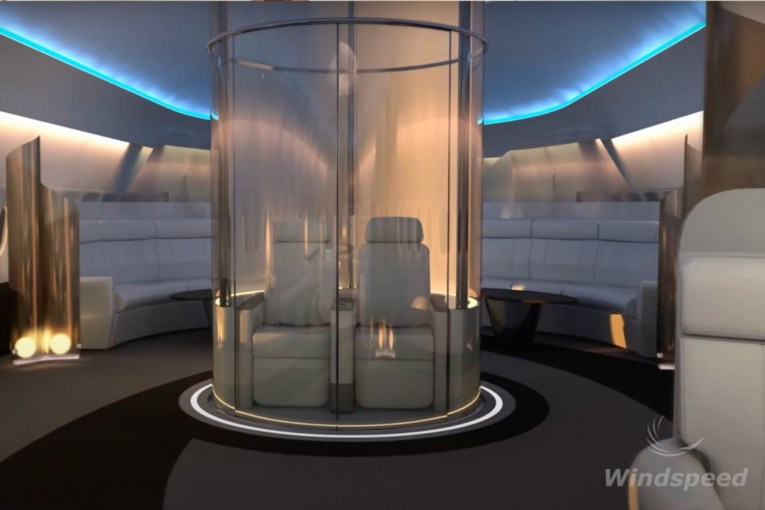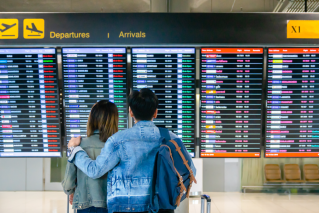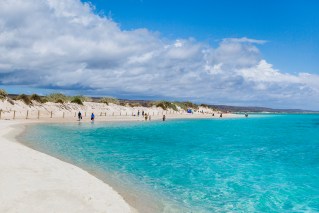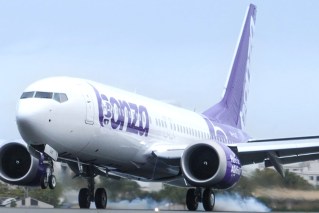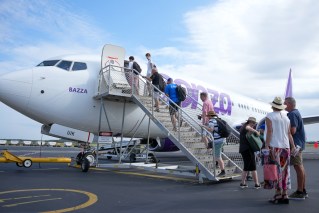The Australian passport is set to be the world’s most expensive

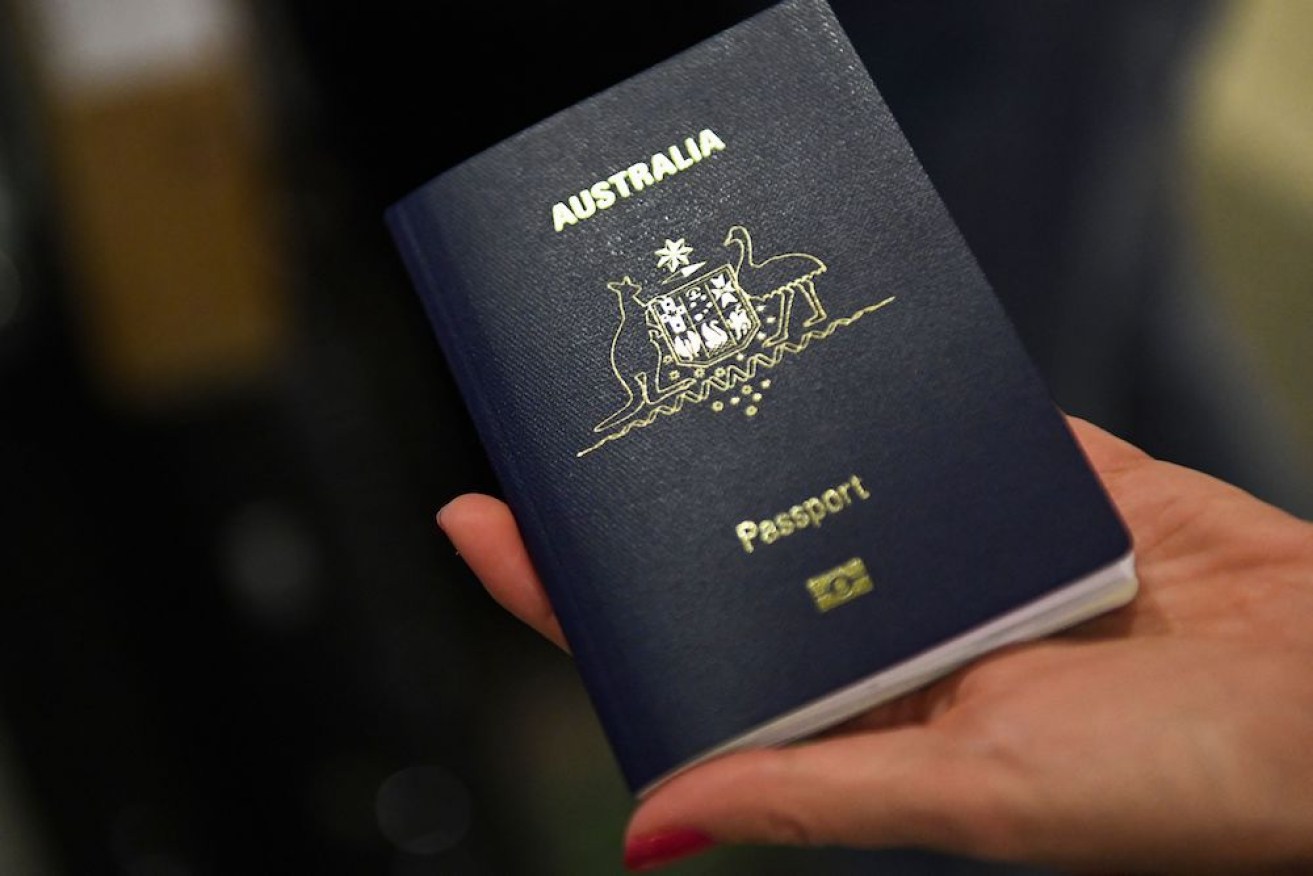
Australia has one of the most expensive, but also powerful, passports in the world. Photo: Getty
Australian passports cost among the world’s highest with only one country charging more, recent analysis from Compare the Market reveals.
“Of the nations we studied, Mexico, Australia and the United States had the highest passport costs at $353.90, $346 and $252.72 respectively,” Jacob Stiles wrote for Compare the Market.
“It was Mexico’s 10-year passport specifically that took the top spot, while the six-year and three-year passports were fourth and ninth most expensive respectively.”
The United Arab Emirates and India had the cheapest passports, costing less than $30.
“The United Arab Emirates, India, and Hungary’s five-year passport were the three cheapest on our list at $27.13, $27.70 and $31.78 respectively,” Stiles said.
The cost of an Australian passport is set to increase even more and overtake Mexico in three months’ time, although there is one country where citizens can expect to pay more.
Syrians requesting a passport from outside Australia can expect to pay over $500 to receive their documents.
From July 1, 2024, Australians will pay $397.90 to renew or get a passport.
The cost of a new passport is tied to the Consumer Price Index and has increased over 40 per cent since 2008 when the fee was $200.
Power of the passport
While Australia may have an expensive passport, it is also a powerful one in terms of world access.
Only Italy, France, and Singapore had more visa-free countries, while Germany and Spain were more for people under a certain age in the analysis.
The Australian passport is ranked alongside Canada and the United States, but below New Zealand, according to passport ranking site Passport Index.
In recent times Australians have lost visa-free travel to countries like Ethiopia, Papua New Guinea and Uganda, but gained access to Japan and Mongolia.
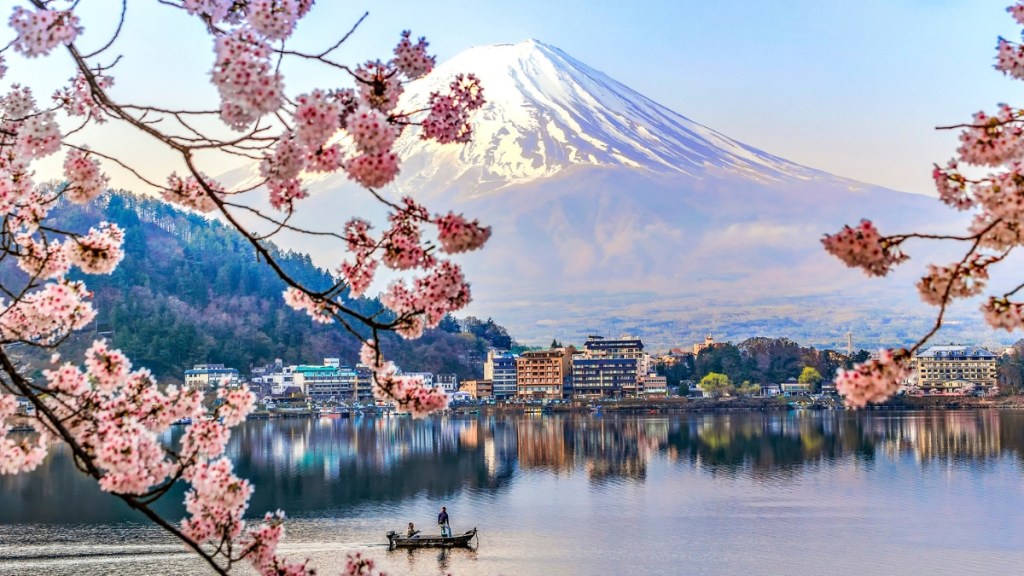
Japan is now easier than ever for Australians to visit after the country expanded visa-free travel. Photo: Getty
The United States and Britain have both seen their stock fall in recent years, following Brexit and countries withdrawing access to the United States because of lack of reciprocation.
Where can you go?
The countries that don’t allow Australians visa-free travel include Afghanistan, Algeria, Chad, China, the Congo, North Korea and Russia.
The Schengen Area, the European Union’s free travel region, allows Australians to travel visa-free for up to 90 days in a 180-day period.
This travel can include business, holidays or visiting family, but Australians may need to apply for a work visa in the country they want to work in.
Australians travelling to the United States are able to visit the country visa-free for 90 days, but if they want to work they must have a speciality occupation or a sponsor.
Close neighbours New Zealand allow Australians to work, visit and live visa free, while the United Kingdom recently begun offering Aussies under the age of 30 to live and work in the country visa-free for two years.
